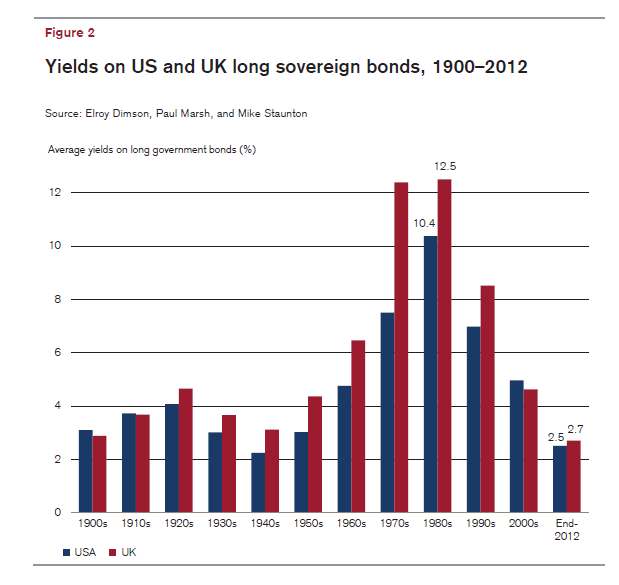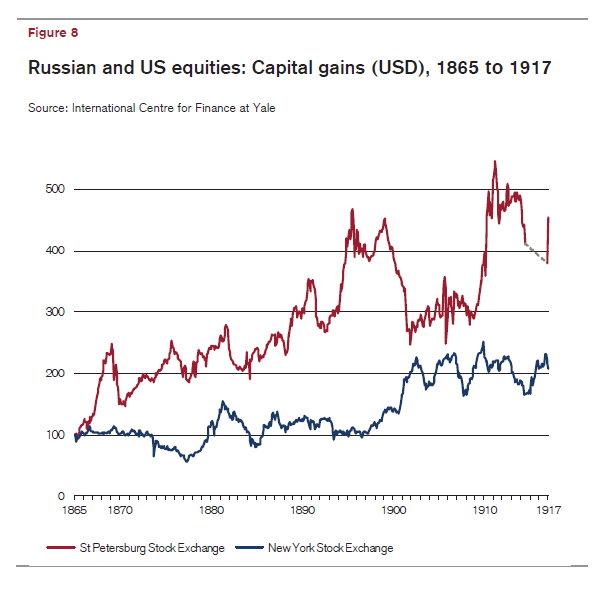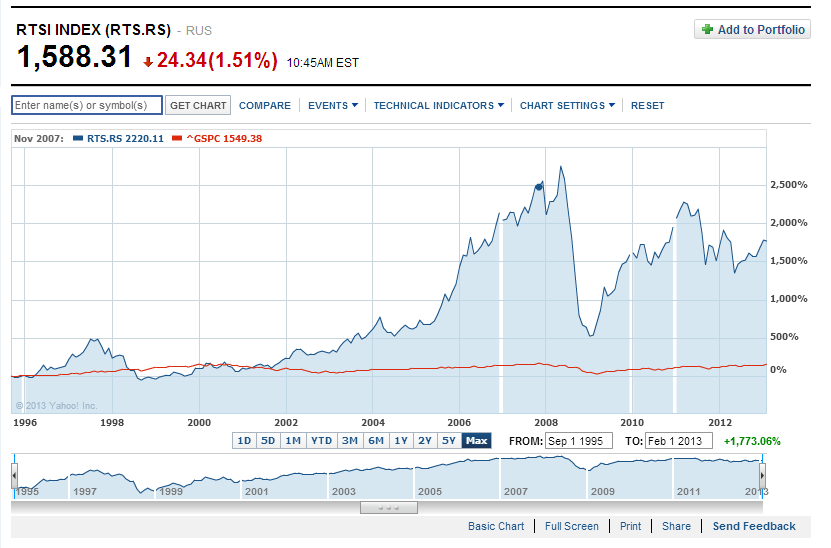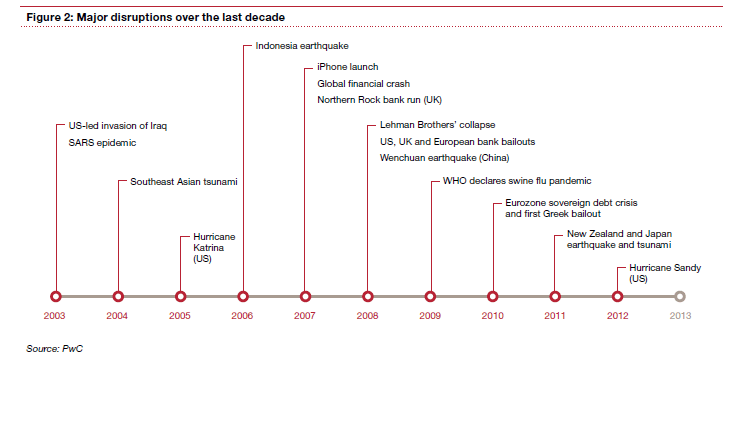Food retail is a very low margin business in the U.S. The industry is extremely competitive and from an investment point most of them do not seem to offer good returns to investors. Fierce competition drives down prices on a daily basis and companies have to eke a profit on huge sales volumes. Another factor that must be considered is that Wal-Mart and its Sam’s club units try to grab more share of the business from food retailers.
Four of the top publicly-traded food retailers are listed below:
Cincinnati, OH-based Kroger (KR) has 2,435 supermarkets and multi-department stores and many other varieties of stores in most of the midwest and in the Southern states.Its profit margin last year was just 0.78%. In five years the stock has been an average performer.
The grocery chain Supervalue(SVU) operates stores throughout the country. The profit margin in 2012 was negative 1.37% and the stock has fallen about 42% in 52 weeks.
Safeway Inc(SWY) runs 1,678 stores in California, Hawaii, Oregon, Washington, Alaska, Colorado, Arizona, Texas, the Chicago metropolitan area and the Mid-Atlantic region. In Canada it has stores mainly in British Columbia, Alberta and Manitoba/Saskatchewan. It has a profit margin of 1.20% and the dividend yield is decent at 3.43%.
Whole Foods Market, Inc. (WFM) is a natural and organic foods supermarkets and operates 311 stores, of which 299 stores were in 38 United States and the District of Columbia; seven stores in Canada; and five in the United Kingdom at the end of 2011. Whole Foods has a unique business model and is profitable. In the past 52 weeks the NASDAQ-listed company’s stock is up about 18.0% which is extremely good in this industry.
Overall grocery retailing is a cut-throat business and though some of these companies are publicly-traded they are not the best for investment. They produce average returns with the exception of Whole Foods and most have low to below average dividend yields as well. Hence investors may want to avoid investing in this sector or invest a small percentage of their assets.
Note: Dividend yields noted are as of Feb 13, 2013
Disclosure: No Positions



 Investors looking to add stocks for the long-term (5 years or more) can consider companies in the utility, telecom and other sectors that generally have high dividend yields. These sectors pay dividends of more than 4% – which is double of the yield on the S&P 500 index.
Investors looking to add stocks for the long-term (5 years or more) can consider companies in the utility, telecom and other sectors that generally have high dividend yields. These sectors pay dividends of more than 4% – which is double of the yield on the S&P 500 index.